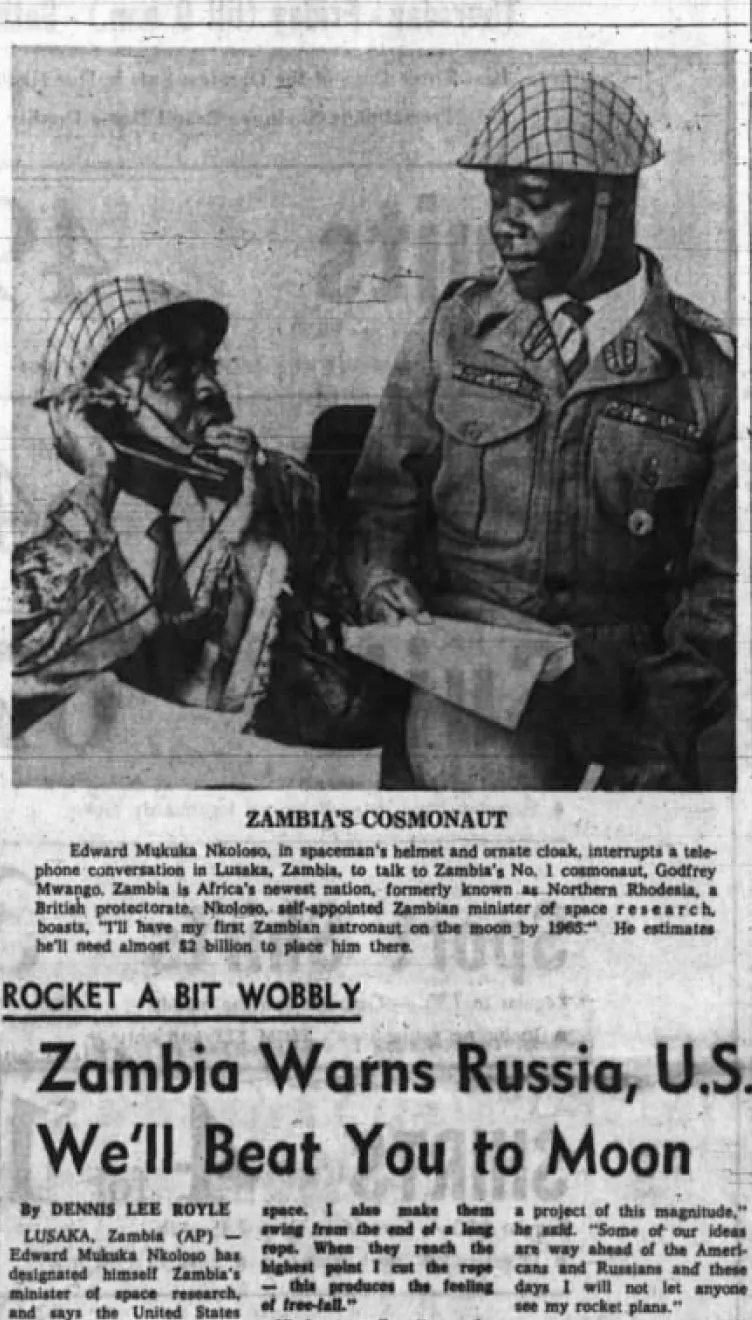I’m sure we all know about the Space Race that happened in the mid-20th Century, during the Cold War, between the US and the USSR. It all started with the publication of a caricature by a Soviet youth magazine in 1951, and then US magazines instantly picked up the cue and littered the caricatures over their magazines.
In July 1955, the US announced plans to launch the first artificial satellites into space. The USSR responded four days later, with similar plans. It was the USSR who succeeded at this when they launched Sputnik 1 in October 1957. Once again, it was the USSR who won the space race, when they sent the first human, Yuri Gagarin, into space in April 1961.
Having lost both races, US President John F. Kennedy got fired up and charged up the US Congress to ensure that they “land a man on the Moon and return him safely to Earth before the end of the decade”, thus declaring the Moon Race. Both countries began developing rocket launchers that could land on the moon… but they weren’t the only ones.
Down south, in Zambia, a Science teacher was rolling a 16-year-old girl downhill while inside an oil drum. Edward Makuka Nkoloso, as he was known, was the self-appointed director of Zambia’s unofficial National Academy of Science, Space, Research and Philosophy. Unofficial because this institution was not registered, and self-appointed because he was the only person in that institution, thus regaled himself the high role.
Special Mentions
📌 Footage of an interview with Edward Nkoloso
📌 Faces Of Africa - Mukuka Nkoloso: The Afronaut

Figure 1: Zambia's Cosmonauts
Nkoloso had joined the Moon Race, stating that he aimed to make Zambia the first country to reach the moon. He was inspired by his first aeroplane flight. He was so mesmerized by the sky and the clouds that he asked the pilot to stop the plane so that he could get out and walk on the clouds. The pilot refused, so he made up his mind to do it himself.
To do so, he recruited twelve kids and put them through rigorous training so that they could adapt to the weightlessness in space. The training included putting them inside an oil drum and rolling them down the hill, as well as tying them by a rope and then making them swing on tree branches. When they reached the highest point while swinging, he would cut the rope, and let them fly and fall.
That, he said, trained them for freefall. Additionally, he said that the swinging system was a potential means of space travel. He said, “We have previously tied ropes to tall trees and then swung our astronauts slowly out into space.” In short, he intended to send astronauts to space by a catapult. He even called this ‘turbulent propulsion’, citing it as a subject for future investigation. Funny, right?
All the aftronauts even had their specific missions. 16-year-old Matha Mwamba was chosen to be the first person to land on Mars. This, she was to do so together with two cats and a Christian missionary, who was given special orders not to force his religion onto the Martian natives. 21-year-old Godfrey Mwango would’ve been the first man on the moon. And Nkoloso’s dog, Cyclops, would’ve been the second dog in space, after Laika, the Russian dog.
After he had completed his training, he started requesting money from foreign well-wishers in Israel, United Arab Emirates, the UNESCO, and even the two countries he was in a race against, the US and the USSR. Quite ironic, no? Because, at the same time, he was sceptical that they wanted to steal his secrets and get to the lunar surface first. The donations he asked for ranged from $20 million to $2 billion. Of course, he received nothing beyond advice from the well-wishers.
With no money, the program fell apart. Mwamba became pregnant and had to go back home. As for the other afronauts, they started going on drinking sprees, and thus, never went back to the training program. With no one to shoot to space with his catapult, Nkoloso gave up in 1965.
By then, none of his competitors had managed to put a strong footing in the Moon Race, and it was only in 1969, four years later, that the US managed to send Neil Armstrong onboard Apollo 11 to the moon, thus winning the Moon Race.
Nkoloso quit Science to try his hand at politics, and as for Zambia, it never got to the moon.
To quote Zambia’s then-president, Kenneth David Kaunda, “It wasn’t a real thing. He wasn’t a scientist, as such. But he used to do some… I can’t say ‘funny things,’ but many people enjoyed…what he was talking about. It was more for fun than anything else.”
Special thanks to Keith Angana for contributing to the newsletter.
Enjoy This Newsletter?
Forward it to a friend, and let them know they can subscribe here.
Whenever you need help translating any African language, help is available here.
Remember, it is time to tell our stories.
Till next time.
Join the Lughayangu Community!

